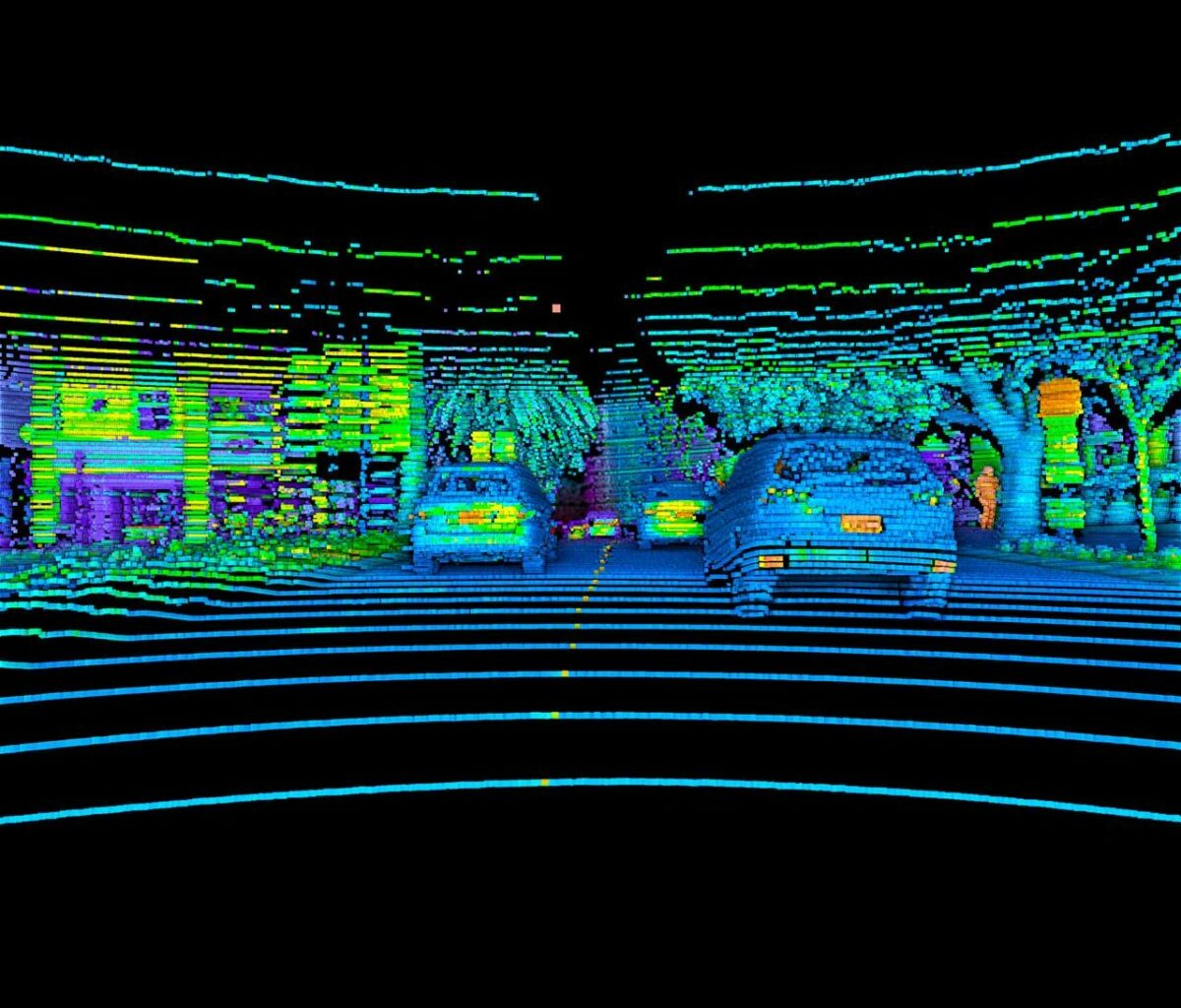Lidar stands for ‘laser imaging, detection, and ranging’ or ‘light detection and ranging’ depending on who you ask. Either way, it’s an incredibly accurate sensor technology that has transformed many existing sectors and is projected to continue doing so across verticals like smart cities, robotics, highway e-tolling, and autonomous ground vehicles. Lidar is currently poised to disrupt the automotive industry by providing visualizations and 3D data to computer systems designed to enhance the safety of vehicles, and many major automotive OEMs have committed to include lidar in their next-generation Advanced Driver Assistance Systems (ADAS). Innovations along these lines include automatic braking, adaptive cruise control, blind spot detection, automatic parking, and lane centering but will eventually evolve into the enablement and development of fully autonomous vehicles.
Dr. Jun Pei, co-founder and CEO of lidar innovator Cepton, Inc. (NASDAQ: CPTN), has a long history of working with optics and sensors. From childhood interest, through earning his Ph.D. in Electrical Engineering specializing in optics and electronics at Stanford University, and continuing professionally, Dr. Pei has always been involved with these types of technologies. Before co-founding Cepton, Dr. Pei founded AEP Technology to develop advanced 3D instruments and pioneered the application of parallel computing in interferometric microscopy. Earlier in his career, he worked as a senior scientist at KLA-Tencor in optics equipment and also led the engineering team at Velodyne in advancing the company’s revolutionary HDL-64 Lidar.
We recently had the opportunity to talk with Dr. Pei about his company, the lidar industry in general, its importance to automotive safety advancements, the push toward autonomous vehicles, and more.
Watch Dr. Jun Pei discuss his own background in optics, and the founding and development of Cepton.
Lidar is superior to cameras for many applications, as it provides a completely accurate picture of a car’s surroundings, including distance and scale. The certainty it provides is crucial to enable things like collision avoidance and pedestrian detection. Lidar sends out a laser signal that reflects off of objects and measures the time/distance of the reflection, whereas cameras depend on environmental light to illuminate the image and do not offer 3D measurement. Cameras don’t work in the dark, but lidar sensors do.
Dr. Pei discusses the differences between camera and lidar sensor technologies.
The ability of lidar to provide accurate details of a vehicle’s surroundings in almost any environment is a major key to increasing the safety levels for all drivers. Automotive manufacturers and insurers, and of course drivers, are all interested in achieving maximum safety. Most ADAS systems currently in the marketplace rely on cameras, and a recent report by the U.S. National Highway Traffic Safety Administration highlights the shortcomings of such systems. In short, some ADAS-enabled vehicles are still crashing head-first into objects.
Dr. Pei talks about the impact lidar sensors can have on safety levels.
With all industry participants interested in advancing automotive safety, lidar technology has increasingly become a focal point and is beginning to make its way into vehicles. There are many hurdles to be overcome, and new system adoption takes time. Automotive OEMs are designing new vehicles several years in advance, and the specific requirements of each new design can mean that technology fit for one model may not be a fit, or may need to be tweaked, for another model. As lidar becomes more ubiquitous, however, the safety systems of all vehicles will eventually be enabled with the technical innovations made possible by lidar sensors.
Dr. Pei covers the relationship between adoption and scalability for lidar sensors in the automotive industry.
In terms of automotive adoption, Cepton is an industry leader. One of the company’s flagship lidar solutions, based on its patented Micro Motion Technology (MMT®) and proprietary custom ASIC for signal processing, will be deployed in a significant ADAS lidar series production program with General Motors. Cepton is partnered with Koito Manufacturing, a $5 billion revenue Tier 1 automotive lighting supplier and electronics manufacturer, in this program and has also announced ongoing collaboration efforts for future lidar products and accelerating go-to-market activities. Since the beginning, Cepton has been focused on developing technology with four key features in mind – performance, auto-grade reliability, cost, and integration flexibility. With the big design win under its belt, that approach appears to be paying off.
Dr. Pei talks about the three phases of technical development necessary to create a competitive advantage – superior technology, commercial validation, and mass deployment.
This wraps up Part 1 of our interview with Dr. Jun Pei, lidar expert and CEO of Cepton, Inc. (NASDAQ: CPTN). Stay tuned for Part 2, wherein Dr. Pei discusses his company in more detail, the financial and strategic advantages of the partnership with Koito Manufacturing, Cepton’s involvement in industry initiatives, and other potential market opportunities for the company’s lidar technology.
You can find more from Dr. Pei in his ongoing Driving Lidar blog.










